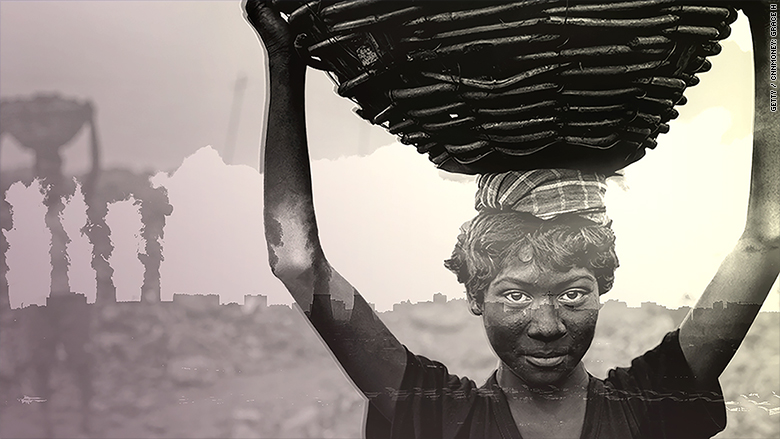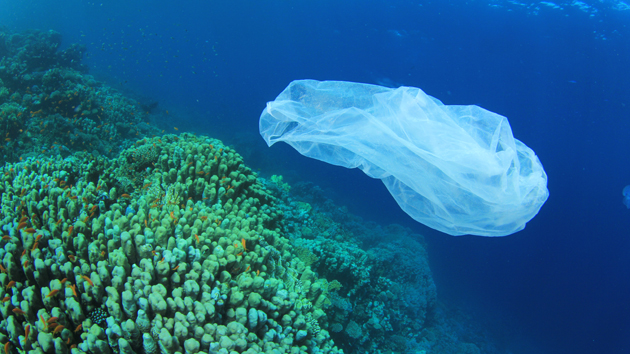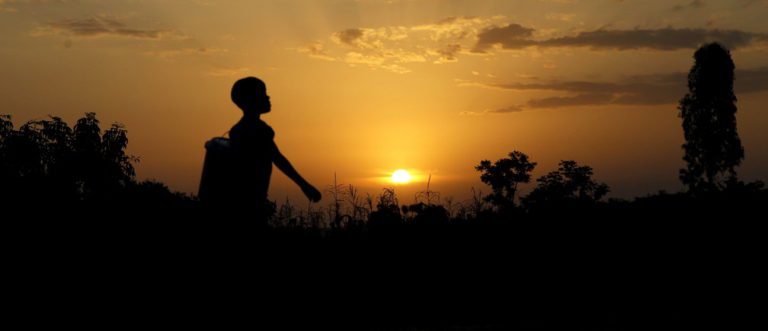by Charles Riley February 19, 2016: 11:03 AM ET
I live in the world’s most polluted city. I also have asthma.
I moved to New Delhi in October, to take up a new post with CNN. I had heard the warnings from colleagues and friends: The air in Delhi is bad, they said. Really bad. I mostly ignored them.
Related: Delhi’s fight for clean air
After all, I am a veteran of polluted cities. I grew up in Southern California when the region had the worst air in the United States. As a child, I remember how smog would obscure the nearby San Bernardino Mountains. After a while, the Santa Ana winds would blow, and sweep all the dirty air out of the valley.
No big deal.
That was my attitude, even though I had been diagnosed with childhood asthma. As a kid, I didn’t think too much about my asthma. I used an inhaler on and off, but that was it. I played sports. I ran on the track team. I remember feeling short of breath only a couple times.
I should have paid more attention.
The air in Delhi is so bad that I’ve altered my behavior. I’ve stopped running outdoors. I check the air monitoring app on my phone almost as often as I check email. I bought two air filters for my home, and I run them 24/7.
More often than not this winter, when I have checked, Apple’s weather app has simply read “smoke.”
When I wake up, I look out the bedroom window to see if a nearby building is visible. If I can’t make out the building’s outline through the smog, I pack an anti-pollution mask in my bag.
I’ve spent the past month reporting a story on air pollution in Delhi.
And perhaps the scariest thing I’ve learned is how little scientists really know about the dangers of air pollution. The effects of long-term exposure to nasty gases and particles remain shrouded in mystery.
During my research, I did find a study that tracked a large group of fourth graders in Southern California starting in 1993. The researchers found that children living in polluted areas had sharply reduced lung function. In 1993, I was seven years old and living just a couple miles from one of the communities studied. Here’s what the study found about long-term risk: “The greatest effect of pollution-related deficits may occur later in life, since reduced lung function is a strong risk factor for complications and death during adulthood.”
Hhmm.
California’s air quality has improved by leaps and bounds since 1993, thanks to vehicle emissions standards that are among the toughest in the world. In November, I went home for Thanksgiving, and was shocked by how clean the air felt. The sky was so blue. Before I left for the airport, my mother pressed an inhaler into my hand. Take it back with you, she said.
If I wanted to leave Delhi tomorrow, I could. But for the vast majority of the megacity’s 20 million residents, escape isn’t an option. They’re here to work, to provide for their families, to build lives in the big city.
My worries about asthma pale in comparison to what Delhi’s permanent residents are facing. In fact, they feel a little self-indulgent. But I cringe now when I see children playing outdoors and in the streets. They urgently need cleaner air, and I hope they get it.






